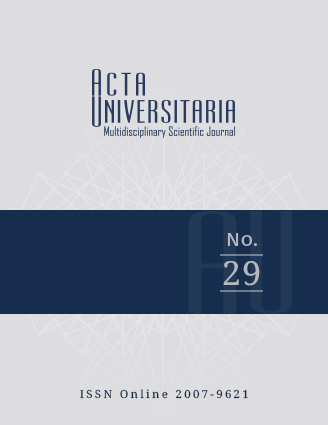Tannin concentration and degradation rate in vitro of Morus alba and Hibiscus rosa-sinensis
Published 2019-10-09
How to Cite
Abstract
The study evaluated the influence of age (30, 60, 90 and 120 days) on dry matter (DM), crude protein (CP), neutral detergent fiber (NDF), free condensed tannins (FCT), fiber-bound condensed tannins (FBCT), protein-bound condensed tannin content (PBCT), in vitro degradation rate of DM (DMkd), CP (CPkd) and NDF (NDFkd) of Morus alba (MA) and Hibiscus rosa-sinensis (HRS). For MA leaves, there was a quadratic (p < 0.01) relationship between CP content and age: the CP content of 60, 90 and 120 days-old leaves was similar, but it was lower than that of 30 days-old leaves. For HRS leaves, CP content decreased linearly (p < 0.01) as age increased, and NDF content increased linearly (p < 0.01). For both MA and HRS, there were cubit (p < 0.01) effects of age on FCT, FBCT and PBCT content, in which the highest values were found in 120-d-old leaves and the lowest in 30 and 90 d-old leaves. Furthermore, old leaves had a linear decrease in DMkd, CPkd, and NDFkd. DMkd, CPkd, and NDFkd negatively correlated (p < 0.001) with FCT, FBCT, and PBCT content. For both MA and HRS, 90 days-old leaves had higher nutritional value than 120 days-old leaves.

